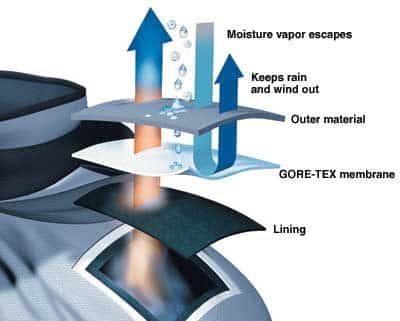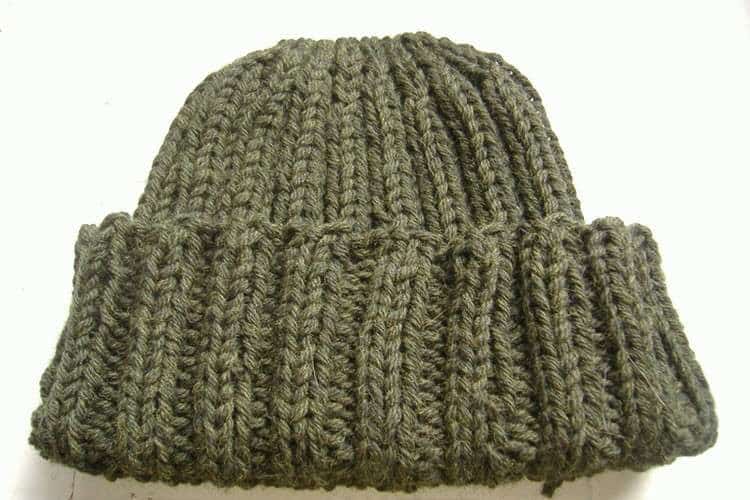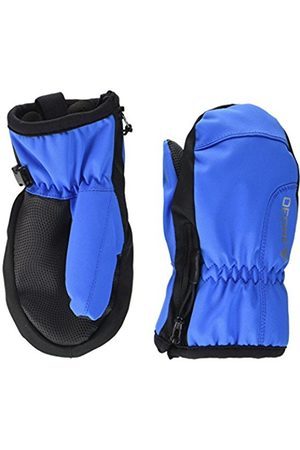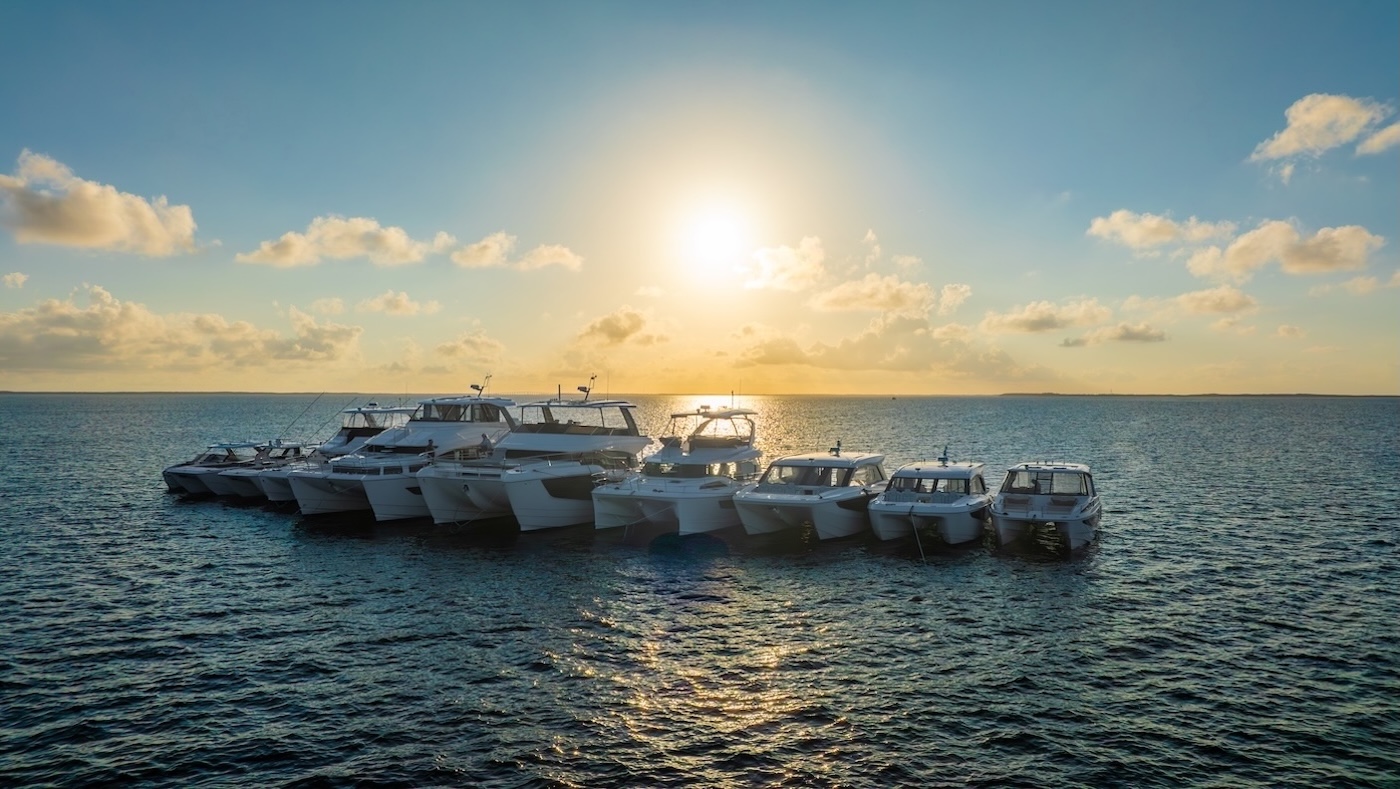The cold takes off: here is the best clothing for winter boating
 Many recreational boaters and all terrestrials are convinced that “winter at sea” is synonymous with “bad weather” but this is not true at all. On the contrary, the worst storms that, in recent years, have caused the most important damage to Mediterranean boating activities occurred in late springtime, late summer, early autumn and, you won’t believe it, especially in August. Of course, winter boating is negatively affected by the cold, which makes manoeuvres significantly more difficult while generating a psychological state of fear and anxiety.
Many recreational boaters and all terrestrials are convinced that “winter at sea” is synonymous with “bad weather” but this is not true at all. On the contrary, the worst storms that, in recent years, have caused the most important damage to Mediterranean boating activities occurred in late springtime, late summer, early autumn and, you won’t believe it, especially in August. Of course, winter boating is negatively affected by the cold, which makes manoeuvres significantly more difficult while generating a psychological state of fear and anxiety.
From October to February, a far-sighted skipper should therefore get organized and organize his crew so that everyone can adequately fight cold and moisture. Saying that it is essential to dress appropriately could seem trivial but our experience has clearly shown us that a large number of people still do not know how do dress and therefore stress the others with their complaints. This is why, I want to suggest you some useful tips.
The main goal is to try not only to be covered and warm, but, at sea, it will be essential to stay as dry as possible. Moisture comes not only from the outside but is also released from the skin which, in case of non-rational dressing, condenses quickly, with the final result of being completely wet even in a total absence of water sprays or rain.
Best winter boat clothing to stay warm and dry
Wool sweaters and flannel shirts must be absolutely preferred to  any non-breathable garment. Flannel shirts, in fact, give an immediate sense of comfort and their function consists in creating a thermal barrier thanks to the dense weave of their fabric.
any non-breathable garment. Flannel shirts, in fact, give an immediate sense of comfort and their function consists in creating a thermal barrier thanks to the dense weave of their fabric.
The best option is wearing a heavy flannel shirt above a light high-necked sweater.
Take a walk in a port when fishing boats return and you will notice that this is the “winter uniform” all crews usually wear. Without reading any authoritative nautical manuals or glossy yachting magazines, fishermen have tested the perfect transpiration of this type of clothing since remote times: wool guarantees and generates an air cushion that keep warm while flannel prevents hot air, and therefore the body warmth, to disperse quickly.
Only in more recent years, fleece sweatshirts and suits have entered the market, with their extreme efficiency even in the worst winter days, and not only at sea. These new products have the ability to increase the effect of wool to 20 times, with consequent caloric results that are not exempt from some precautions. The categorical imperative for winter boating is to always wear, over the fleece, a sailing jacket that prevents air from penetrating into the fabric while preventing this garment from being crushed.
As mentioned above, trying to stay dry and avoid condensation when facing winter boating is essential. Well, fleece significantly reduces this risk , even when worn under a conventional plastic sailing jacket. However, in winter, the best option is to wear a Gore-tex garment, even if these very expensive clothes have a shorter life span than other traditional sailing jackets.

Then, don’t forget to wear a wool cap, or even better, a ski mask to also protect your neck. A spare wool scarf is the best solution against moisture, as well as a good prevention against premature cervical arthrosis.
For your hands, there are two possible solutions: if you have to work and you need to maintain sensitivity on your fingers, be prepared to suffer the cold anyway; if, instead, you will be at the helm, or simply on guard, there is no better alternative than mittens.
Lastly, your feet. Today, 
There is no doubt. Application categories no longer exist and there is no more difference between ski and boat clothing. The goal is similar: increasingly warm and dry and less bundled up. So if your boat is still in the water and you have no other mandatory commitments next weekend, whether or not winter has already arrived in your area, how about … taking a little trip?
Fair wind!
























